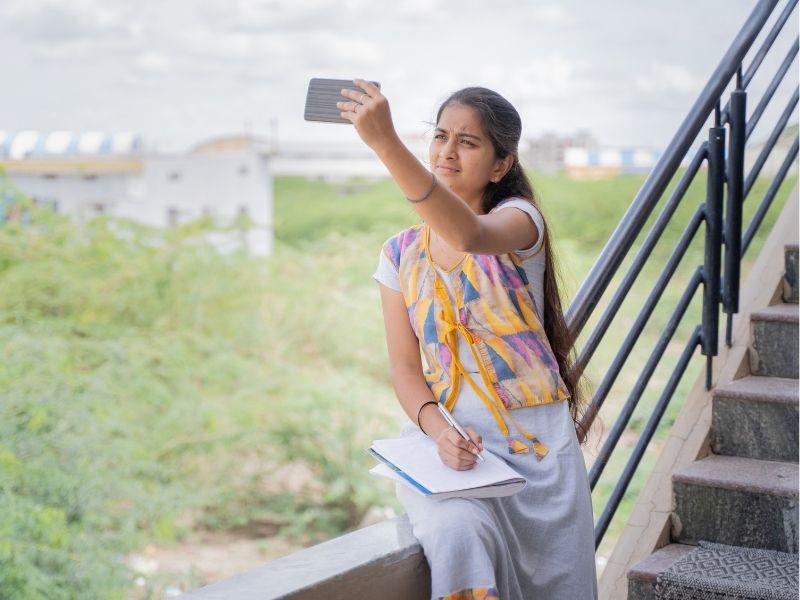Amidst the pandemic induced closure of schools, 38 percent of Maharashtra’s school-going students in the 15 plus age category and above continued their formal education. This dismal figure, however, is higher than the national average of 20 percent of children in the same age group continuing their formal education through online and other channels. Maharashtra’s school drop-out rate of six percent of the households recording at least one child dropping out of education is also lower compared to the national average, according to a survey by Columbo-based policy and regulation think tank LIRNEasia, (estb. 2004) and New Delhi-based Indian Council for Research on Economic Relations (ICRIER) (estb. 1981).
“With 38 percent of enrolled school-aged children having access to education during school closures, Maharashtra compares well against the national average of 20 percent. It also outperforms NCT Delhi, where only 25 percent of enrolled children had access to education at this time. It is also noteworthy that only 6 percent of households in Maharashtra had at least one child dropping out of education, against the national average of 25 percent,” says Helani Galpaya, CEO, LIRNEasia.
Maharashtra’s relatively high levels of digital connectivity- 87 percent of households in the state have internet access and 55 percent of its population aged 15 and above are internet users, enabled promotion of remote education during the lockdown. Students who had access to more than one channel of instruction like live online classes, instructions being sent to smartphones and notes being delivered home etc., recorded higher levels of feedback and interactivity between students and teachers.
The survey was aimed at understanding ‘how countries can build back better after the Covid pandemic. The study covered digital connectivity’s impact on education, employment, health care and other sectors in countries like Sri Lanka, South Africa, Nigeria, Peru and Columbia during these shutdowns. The educational survey connected with school-going children aged 15 and above from 7,000 households across all Indian states except Kerala due to Covid-related restrictions.
Poor internet connectivity issues continued to plague the education sector despite the swift shift to online education during the lockdown. As a result, just 20 percent of Indian children who were enrolled in educational institutes prior to the pandemic received any form of education during the shutdowns, points out the survey. In contrast, neighbouring Sri Lanka recorded close to 80 percent of its pre-covid school enrolled children receiving education.
“In India, 64 percent of households with school-aged children went into the lockdown with a working internet connection. Of these households, 31 percent of households received education. Of the other 36 percent of households with school-aged children that went into lockdown without a working internet connection, only eight percent received education of any kind. The internet was important but it was just one factor. There were technical and non-technical factors that households and children faced. Highest among the technical challenges were poor internet quality – faced by 33 percent of households where children did not receive education. 35 percent of households with children not receiving education faced lack of sufficient number of devices and high data costs. Apart from these, issues like schools not being prepared for online teaching and children not being attentive were cited by the household as being responsible for the disparity in learning among children,” shares Galpaya.
While plans are afoot to reach out to policymakers to ensure improved digital connectivity in every sector, Galpaya believes there is an urgent need to introduce digital connectivity and information and communications technology (ICT) in education. “The evidence from our survey clearly shows that waiting for a shutdown is too late to think about digital connectivity and ICTs in education,” says Galpaya.
Also read: Only 20% children received formal education during pandemic: Survey
Posted in News, States



























